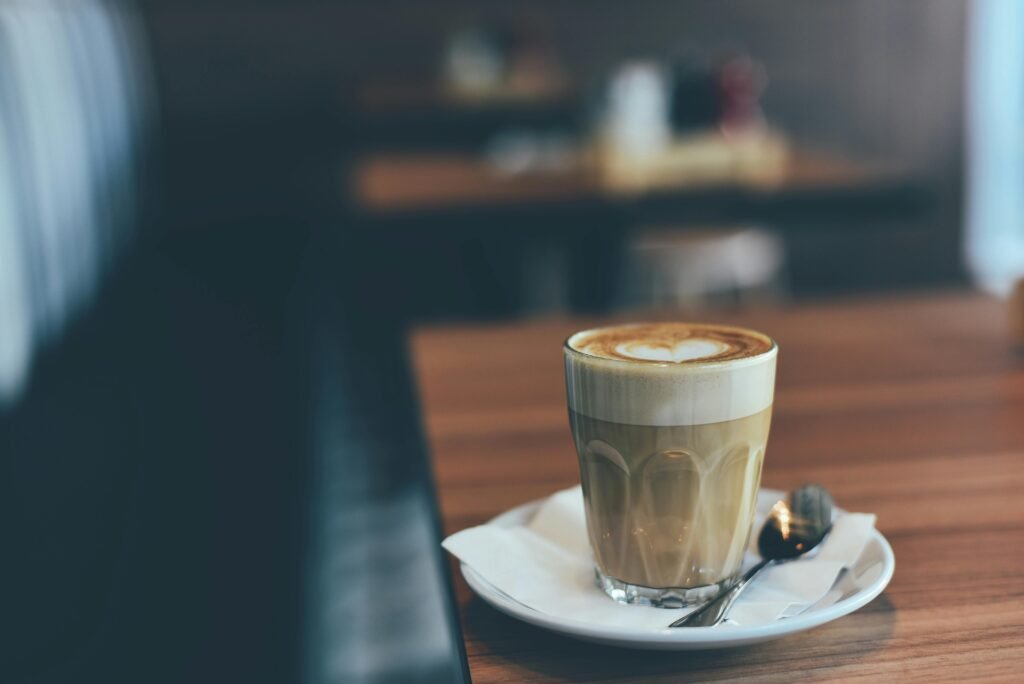Kenya AA Coffee Beans Rich Heritage: Flavor And Culture Trip
From impressively striking country sides and beautiful landscapes to the diverse wildlife that roam free in it, Kenya is also a home many different cultures giving any who visit or live hear an experience of how old human practices used to be. But one of its biggest treasures is the amazing coffee they grow in their high-altitude regions. Of all the different grades of Kenyan coffee, AA is one that exemplifies a quality cup experience and flavor. This blog will help you uncover the secrets behind Kenyan AA coffee beans, from their flavour profile to how they are grown and processed as well as practices that helps local communities thrive in an environment conducive to glorious bean cultivation.
Kenya AA Coffee Beans — What They Actually Are?
The best grade of coffee that is grown in Kenya, identified as ‘Kenya AA’, which has big beans and strong taste. The designation “AA” means that the beans are high quality due to their larger size and strict controls applied on them. Coffee beans are graded according to the size, density and general quality. AA… is what everyone has heard of as far as Kenya goes.
Flavor Profile
Unique Taste One of the most outstanding qualities found in Kenya AA coffee beans, and also something that makes this type of bean unique, is its distinctive taste. With a bright acidity, full body and complex flavor notes these beans have become rather famous. Following are some of the flavors to expect from Kenya AA coffee:
Acidity: Kenya AA coffee is famous for its brilliant, lively acidity that energizes the palate and piques the taste buds. It is the result of growing at high altitudes which slows down maturation, thus allowing for greater acidity.

Tasting Notes: Kenyan AA coffee can be sweet and bright with a juicy acidity, complex undertones of spice the flavor has intense notes of fruit/carrying those fruity tones), wine-like finish on someCoffee Flavor Profile (based off rost8 Coffee) :fruit-toned blackcurrant note is supportedchartic green,, citrusy qualities, tropically-likewine-notch for finesse. Its flavor is very complex, making it an interesting coffee for brewing enthusiasts.
Body: The body of Kenya AA coffee is very full, so you will feel like a king or queen drinking this luxury java. Brewed with methods like French press and pour-over, the result would only intensify this quality.
Coffee in Kenya is grown at different regions
The geology of Kenya is also an important factor in the quality and taste profile of Kenyan coffee. High-altitude areas, volcanic soil and a good climate make the country great for coffee cultivation. The main coffee producing regions:
Central Kenya — This region of the country is one that grows some of the finest coffee beans, particularly around Mount Kenya. This is due to the nutrient-rich volcanic soils and high elevation, resulting in a very unique taste.
However, certain regions such as Kisii and Kakamega in Western Kenya produce excellent coffee beans that are less famous than their counterparts from Central Kenya.
Central Kenya: Another major coffee sourcing area is the Meru region in eastern Kenya, which produces exceptionally unique flavors.
The Cultivation Process
Kenya AA coffee beans have a laborious process for their cultivation. Let me elaborate this process:
1. Planting and Growing
Though the coffee plant prefers to grow in shade, and Kenyan farmers regularly interplant their trees with plants like bananas or maize. It not only provides shading but also contributes to increasing biodiversity. These plants need to be taken care of well, watering needs much attention, portioning and control pruning as well controlling pests too.
2. Harvesting
Normally it is harvested between October and March. The cherries are handpicked at the peak of their ripeness by farmers to ensure that only high-quality fruit is picked. Another example of the importance of consistent grading is in top-end coffee such as Kenya AA, where (other than peaberries), beans are sorted into ten different sizes.
3. Processing
The coffee cherries are processed after harvest, which is usually either the washed (wet) method or natural (dry) method. In Kenya, the washed method is more prevalent with fermentation occurring after removing the cherry’s outer skin — to separate it from its mucilage. It also adds a little more acidity to the coffee and definitely 100% will make it taste more glassy.
4. Drying
After being processed, the beans are scattered to dry in a sun. Drying is very important if we do not want mold but will export-ready bean pods. To determine the moisture levels, most often an individual farmer will check on how their hay is drying and harvest it once or close to ideal dryness.
5. Milling and Grading
The beans are dried, and then they are transformed to hulls through a repeated process where the coffee moves matrix of metal plates. KenyaAA- beans are sorted to the same high standards only best of Kenya coffeesutter quality is exported.
Effects on Nearby Communities
The coffee sector in Kenya is a lifeline for many communities. The following are a few examples of how Kenyan AA coffee supports local economies.
1. Employment Opportunities
Tens of thousands of Kenyans earn their living from coffee farming, especially in rural areas. Hundreds of thousands of families depend on coffee for their income, and the industry generates employment in fields from agriculture to export.
- Cooperative Systems
Cooperatives are essential for coffee farmers in Kenya who rely on them to access resources, improve their skills and get fair prices. Empowering farmers, these cooperatives aggregate them so that they can collectively call the shots in terms of market pricing.
- Sustainable Practices
Where there’s less doubt is the impact in recent years of an increased focus on sustainable farming methods among Kenyan coffee growers. Because of these advancements, many farmers are now using ecological methods, such as organic farming and shade-grown coffee that preserve the environment and also improves quality.
- Community Development
The profits from their sale of coffee can go to fund community development and help provide better services such as healthcare, education or simply improve the overall quality of life for these people.
How to Brew the Best Kenya AA Coffee

Visiting this common — and participating in the ceremony with our own Kenyan AA coffee from Tafelstern’s jNetwork Business/Coffee collection also added a few minutes of preparation to their drinks, but it was key indicating they get “the best flavor”. 5 Tips For That Perfect Cup
- Choose the Right Grind Size
Two of the most important factors that you must keep in mind are your coffee beans’ grind size and the bitterness of its flavor. Use a medium grind for brewing methods like pour-over or Aeropress, and coarser grind will do just fine if you are using French press.
- Use Fresh Water
The kind of water you use to brew a coffee will have an impact upon its flavor. Just make sure you can use only clean water (filtered) without any impurities.
- Optimal Brewing Temperature
Coffee should generally be brewed at 195–205°F (90-96°C). Over-extraction on the other hand, usually caused by too hot water (again), will cause bitterness in your cup.
- Brewing Ratio
A common water-to-coffee ratio is 1:16 (weight), so, for each gram of coffee that you have should be 16 grams of water. Go with that ratio, but adjust it according to your tastes.
- Dabble In Brewing Styles
Experiment with brewing methods that accentuate the wide range of Kenya AA coffee flavors This can involve pour-over, French press or espresso authentic prepare styles.
Conclusion
The coffee is a reflection of the countries agricultural heritage and rich culture. And such beans have captured the hearts of coffee enthusiasts worldwide, with their lively acidity and complex flavors. The cultivation, historically practiced by local coffee farmers and upgraded with modern methods while maintaining ancestral techniques for preservation of the product besides sustainable development and reforestation process.
No matter if you are an experienced coffee connoisseur, and or on the other side, just a regular every morning cup of joe drinker. Discovering Kenya AA is amazing because it really lets you embrace some traditional Kenyan flavor thanks to the meticulous farmers cultivating these beans. Next time you order a cup of Kenya AA coffee, just remember the tradition and pride that goes with it. Happy brewing!
Related Posts

